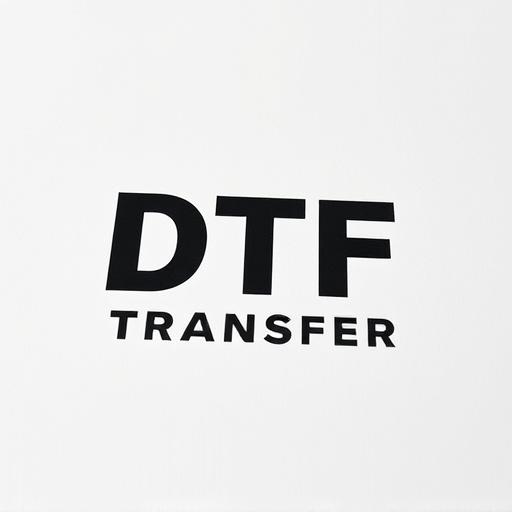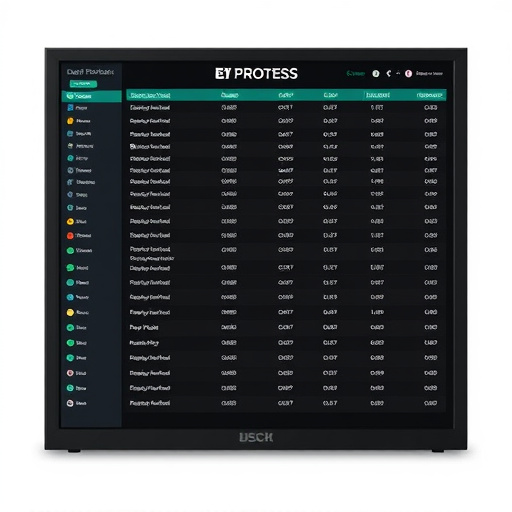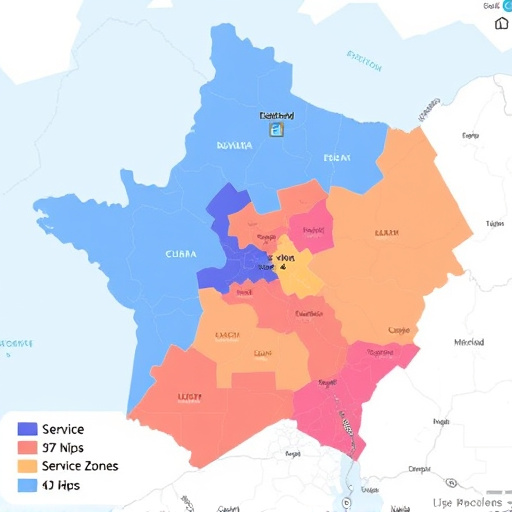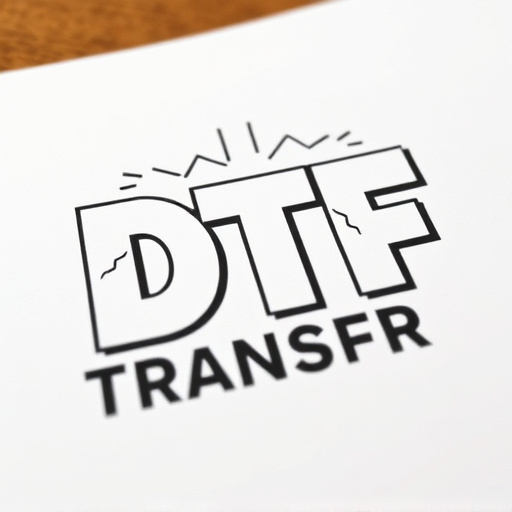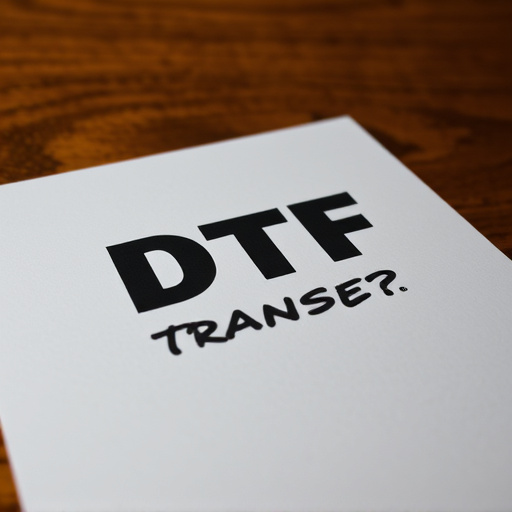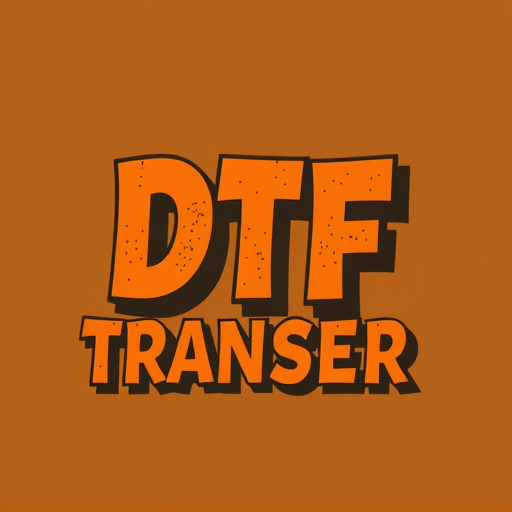Direct-to-film (DTF) transfers have revolutionized cotton fabric printing, offering faster turnaround times, design flexibility, and exceptional quality. This technology directly applies ink from a film to fabric, enabling intricate details, vibrant colors, and strong adhesion for long-lasting prints. DTF is ideal for apparel, accessories, and home textiles, empowering businesses to meet diverse customer preferences and maintain market competitiveness. Best practices include proper fabric pre-treatment, using high-quality cotton-specific inks, adjusting print settings, and regular printer calibration for optimal DTF transfer outcomes.
“Unleash the creative potential of Direct-to-Film (DTF) transfers with this comprehensive guide. We explore the optimal application of DTF technology on cotton fabrics, from the intricacies of material selection to the printing process and its remarkable advantages. Discover how DTF prints offer superior quality and durability, opening doors for unique artistic expressions. This article delves into best practices to ensure exceptional DTF results on cotton, catering to both professionals and enthusiasts.”
- Understanding Direct-to-Film (DTF) Transfers: A Comprehensive Overview
- Optimizing DTF for Cotton Fabric: Material Considerations
- The DTF Printing Process: From Design to Application
- Advantages of DTF Transfers on Cotton: Quality and Durability
- Creative Possibilities with DTF Prints on Cotton Fabrics
- Best Practices for Achieving Superior DTF Results on Cotton
Understanding Direct-to-Film (DTF) Transfers: A Comprehensive Overview
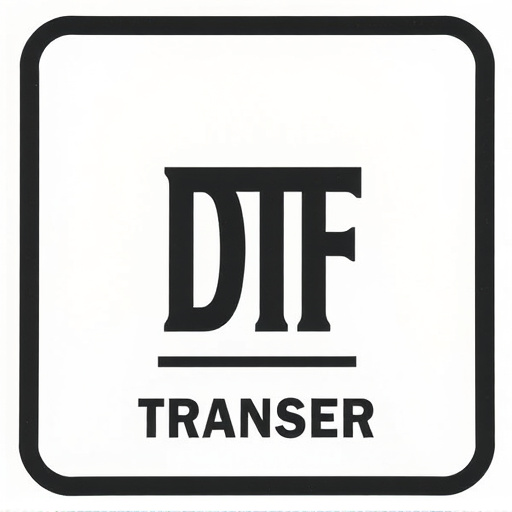
Direct-to-film (DTF) transfers have revolutionized the way we apply prints to fabrics, especially cotton. This cutting-edge technology offers a precise and efficient method for producing high-quality, long-lasting designs directly onto fabric surfaces. DTF printing involves transferring ink from a film or plate onto the fabric using specialized equipment, eliminating the need for traditional screen printing methods.
DTF transfers provide an array of benefits, including faster production times, reduced setup costs, and unparalleled design flexibility. This process allows for intricate details, vibrant colors, and crisp lines in prints, making it ideal for a wide range of applications, from clothing and accessories to home textiles. With DTF Printing, businesses can achieve professional-grade results, cater to diverse customer demands, and stay ahead in the competitive market of cotton fabric applications.
Optimizing DTF for Cotton Fabric: Material Considerations

Direct-to-film (DTF) transfers have revolutionized textile printing, offering a versatile and efficient method for applying intricate designs to cotton fabric. When optimizing DTF for this specific material, several key considerations come into play. Cotton fabric is known for its absorbency, which can impact ink adhesion and transfer quality. Therefore, choosing the right ink compatibility is essential; water-based or solvent inks often perform best due to their ability to adhere well to cotton’s natural fibers. The preparation of the fabric itself is also crucial; pre-treating the cotton with appropriate chemicals ensures a smooth surface for printing, enhancing ink retention and the overall durability of the DTF prints.
Additionally, understanding the weight and texture of different cotton varieties is vital. Lighter, smoother fabrics may require finer mesh screens to achieve detailed prints, while thicker, more textured fabrics might demand stronger inks or even specialized printing techniques. These material-specific considerations enable printers to fine-tune their DTF processes, ensuring optimal results for each unique cotton application, be it for apparel, home goods, or artistic textiles.
The DTF Printing Process: From Design to Application
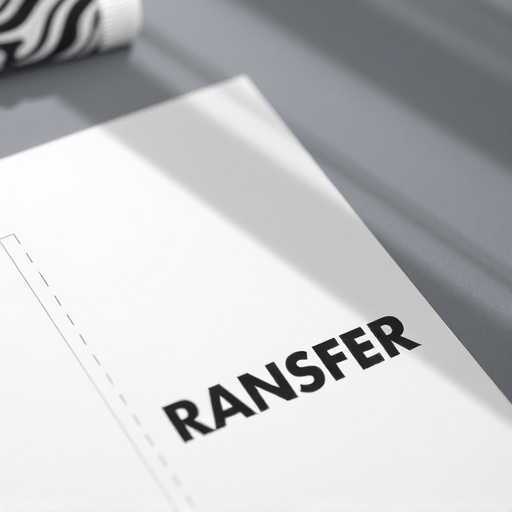
The Direct-to-Film (DTF) printing process is a cutting-edge technique revolutionizing textile design and application. It begins with digital artists creating or modifying artwork, ensuring it’s optimized for DTF transfer. This involves careful consideration of color profiles, resolution, and file formats to guarantee precise reproduction on the final fabric.
Once designed, the artwork is prepared for printing using specialized software. The image is then transferred onto a film, which acts as a temporary carrier. This film is precisely aligned and pressed against the cotton fabric, transferring the ink and creating a vivid, long-lasting print. The DTF method offers unparalleled detail and color accuracy, making it a preferred choice for high-quality textile applications.
Advantages of DTF Transfers on Cotton: Quality and Durability

Direct-to-film (DTF) transfers offer significant advantages when optimized for cotton fabric application. The primary benefit lies in the superior quality and durability of DTF prints on this natural fiber. Unlike traditional printing methods that can fade or crack over time, DTF transfers provide vibrant colors and intricate designs that remain intact even after frequent washing and prolonged exposure to sunlight. This longevity is attributed to the direct application of ink onto the fabric’s surface, creating a robust bond that resists peeling or smudging.
Moreover, DTF Printing allows for detailed and precise graphics, making it ideal for branding and promotional materials. The process ensures that every thread and texture in the cotton fabric are considered, resulting in prints that look as good on close inspection as they do from a distance. This attention to detail enhances the overall aesthetic appeal, making DTF Transfers a preferred choice for creating visually stunning and long-lasting garments, bags, and other textile products.
Creative Possibilities with DTF Prints on Cotton Fabrics

Direct-to-film (DTF) transfers offer a world of creative possibilities when applied to cotton fabrics. This innovative printing method allows for intricate designs, vibrant colors, and a range of textures that can transform ordinary clothing into unique art pieces. DTF technology enables printers to produce high-quality prints directly onto fabric, opening doors for both mass production and custom, one-of-a-kind garments.
With DTF transfers, the sky’s the limit in terms of design complexity. From subtle patterns to bold graphics, brands can create visually appealing and durable textiles. The versatility of DTF printing accommodates various cotton fabric applications, including t-shirts, hoodies, bags, and home decor items. This technology’s precision and efficiency ensure that intricate details are accurately replicated, making it a preferred choice for those seeking to elevate their textile designs.
Best Practices for Achieving Superior DTF Results on Cotton
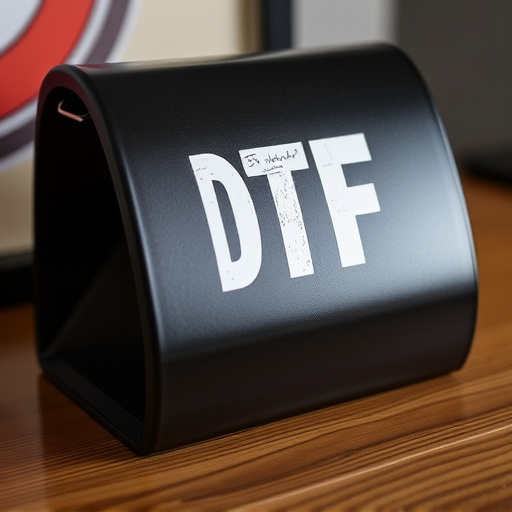
To achieve superior results with Direct-to-Film (DTF) transfers on cotton fabric, several best practices should be followed. First, ensure that the fabric is properly pre-treated to allow for optimal ink adhesion. This includes cleaning the cotton surface to remove any contaminants and applying a suitable primer to enhance ink bond strength. Using high-quality DTF inks specifically designed for cotton will also significantly impact the final print quality. These inks are formulated to adhere well to the fabric’s texture, producing vibrant and durable DTF prints.
Additionally, precise printing settings are crucial. Adjusting the print resolution and speed according to the fabric type and design complexity can yield better outcomes. Higher resolutions offer more detailed DTF transfers, while proper print speed ensures the ink sets properly on the cotton fibres. Regularly calibrating your printer and maintaining clean nozzles will help maintain consistent quality throughout each production run, ensuring that every DTF transfer meets high standards.



